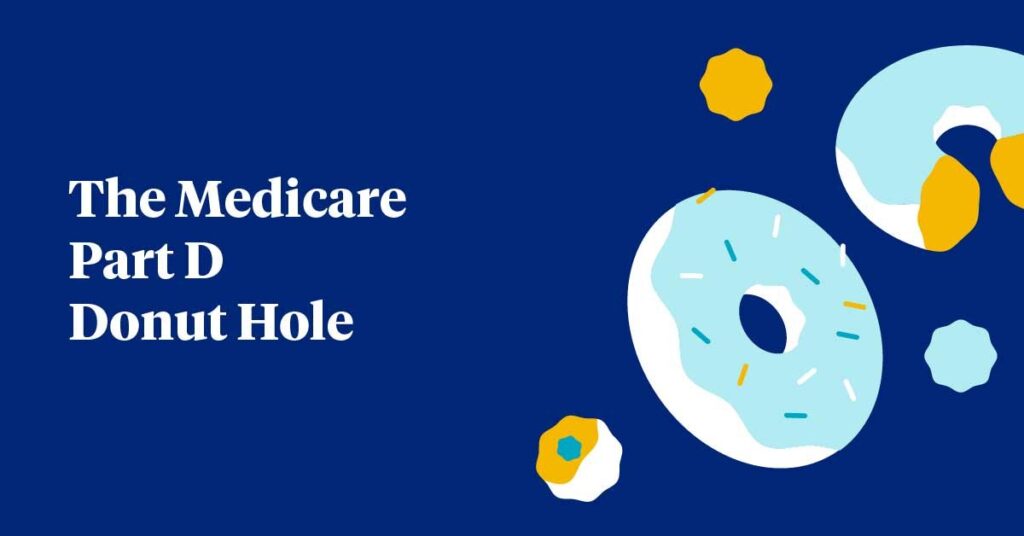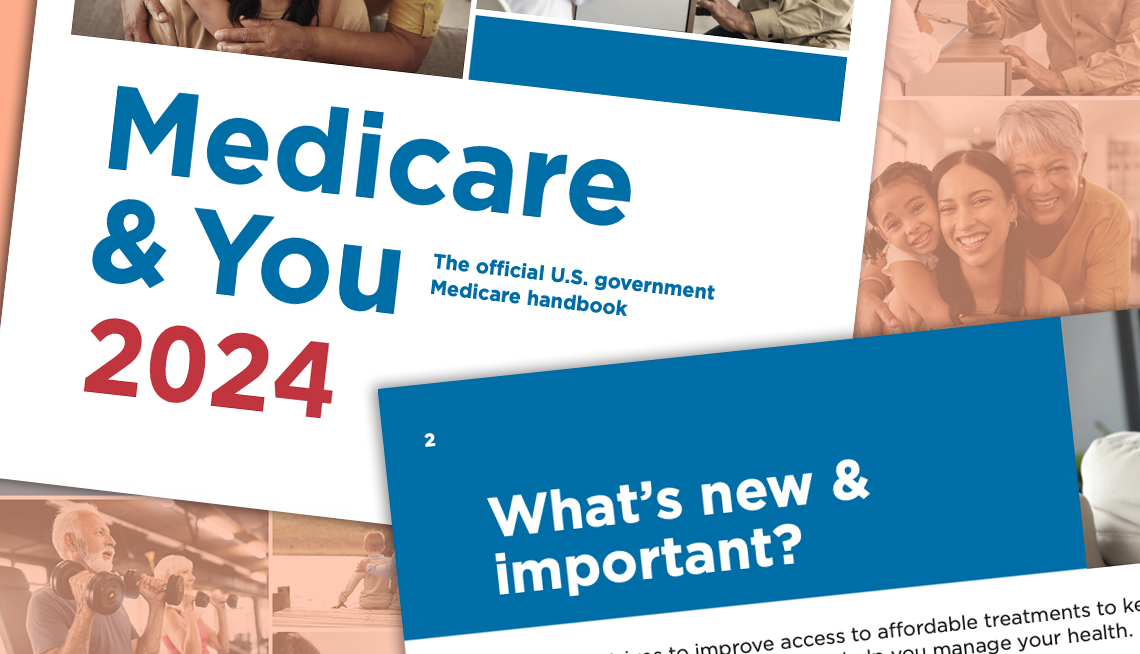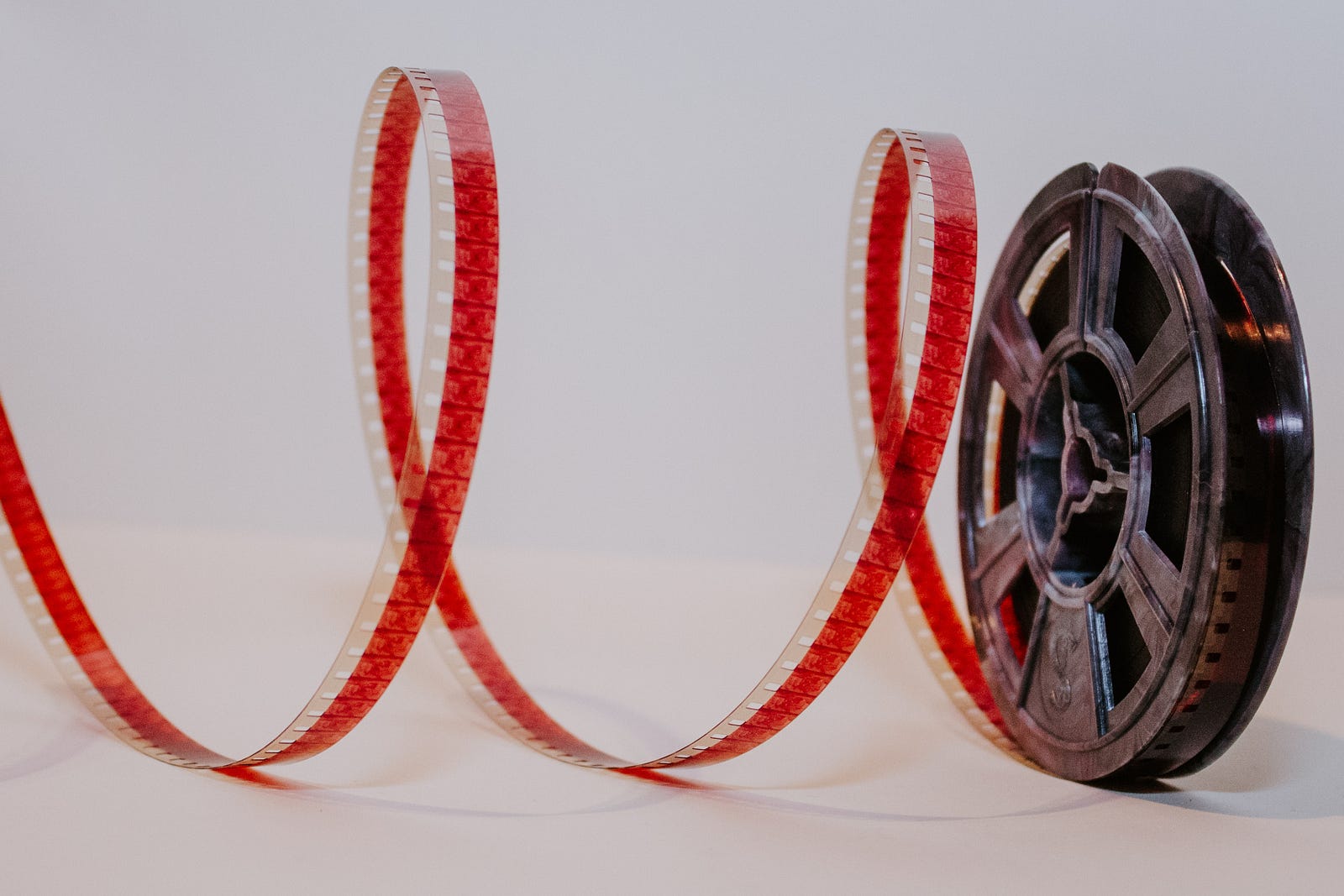
The Medicare donut hole, also known as the coverage gap, is a feature of Medicare Part D that can result in higher out-of-pocket costs for prescription drugs. The coverage gap begins once you and your plan have spent a certain amount on covered drugs each year, and in 2023, that amount is $4,430.
During the initial coverage phase of Medicare Part D, you and your plan will share the cost of your prescription drugs. You’ll pay a deductible, and then a copayment or coinsurance for each prescription, until you and your plan have spent a certain amount. In 2023, that amount is $4,430.
Once you and your plan have spent $4,430 on covered drugs, you enter the coverage gap. During the coverage gap, you’ll pay no more than 25% of the cost of brand-name drugs and no more than 37% of the cost of generic drugs. These percentages are determined by the Centers for Medicare & Medicaid Services and may change from year to year.
It’s important to note that the full cost of the drugs will count towards your out-of-pocket spending limit, which in 2023 is $7,050. Once you’ve spent enough to reach the out-of-pocket spending limit, you’ll exit the coverage gap and enter what’s called “catastrophic coverage.” During this phase, you’ll pay no more than 5% of the cost of your prescription drugs for the rest of the year.
How to Avoid the Medicare Donut Hole
The Medicare donut hole can be confusing and costly for beneficiaries who are not prepared for it. However, there are ways to avoid or reduce the impact of the coverage gap. One way is to choose a Medicare Part D plan with a lower deductible or lower copayments. Another option is to talk to your doctor about using generic drugs or less expensive brand-name drugs. You can also ask your pharmacist if there are any available discounts or coupons that can help reduce your prescription drug costs.
Finally, you may be eligible for programs that can help lower your prescription drug costs. The Extra Help program, also known as the Low-Income Subsidy, is a federal program that helps people with limited income and resources pay for their prescription drugs. If you qualify for Extra Help, you’ll pay no more than $3.95 for each generic drug and no more than $9.85 for each brand-name drug in 2023. You can apply for Extra Help by completing an application with the Social Security Administration.
In addition, some states offer their own pharmaceutical assistance programs to help residents with prescription drug costs. These programs vary by state, but they may provide discounts, copayment assistance, or other benefits to eligible residents.
The Medicare donut hole can be a costly surprise for beneficiaries who are not prepared for it. By understanding how the coverage gap works and taking steps to avoid or reduce its impact, you can ensure that you have access to the prescription drugs you need without breaking the bank.





